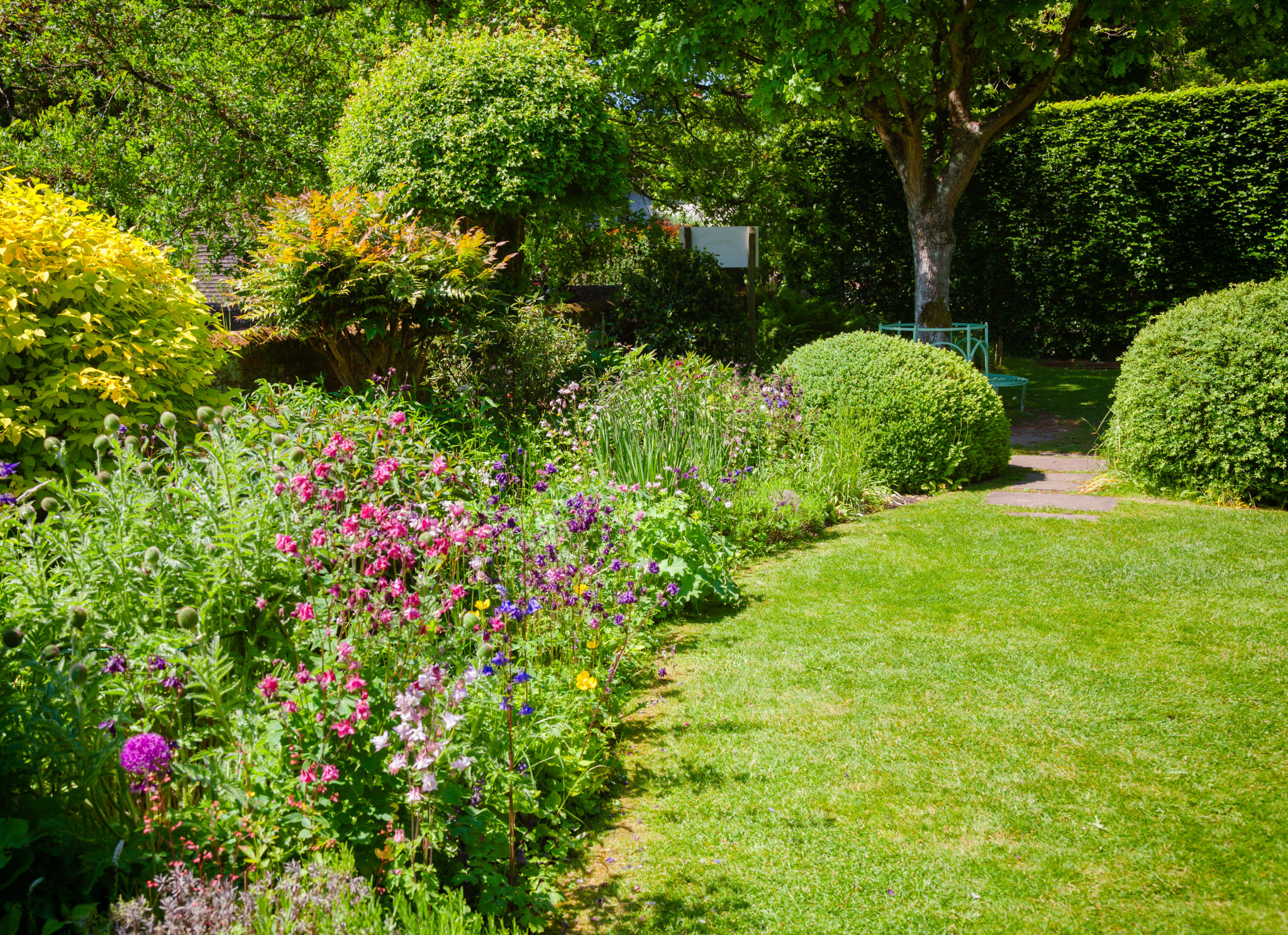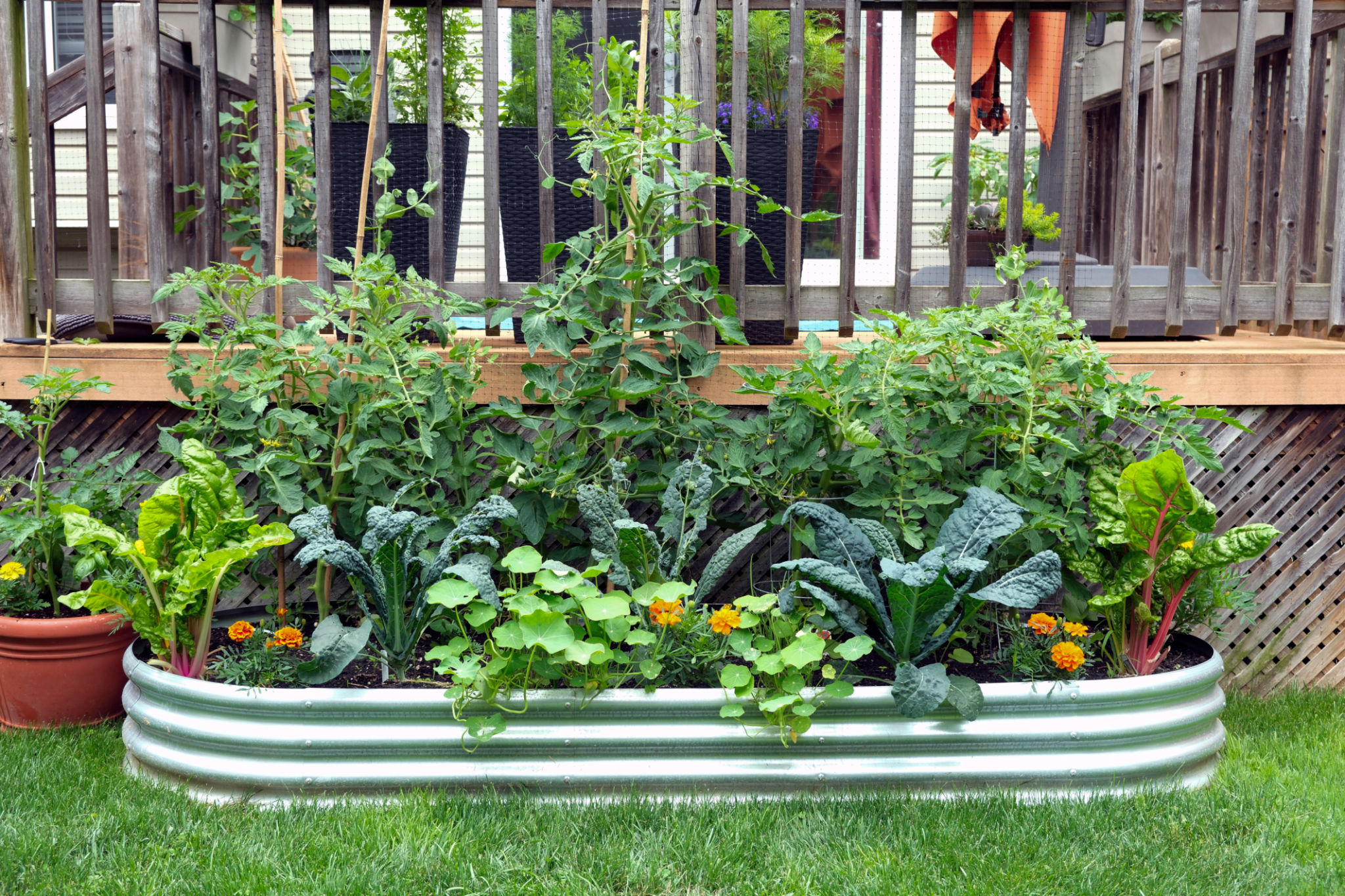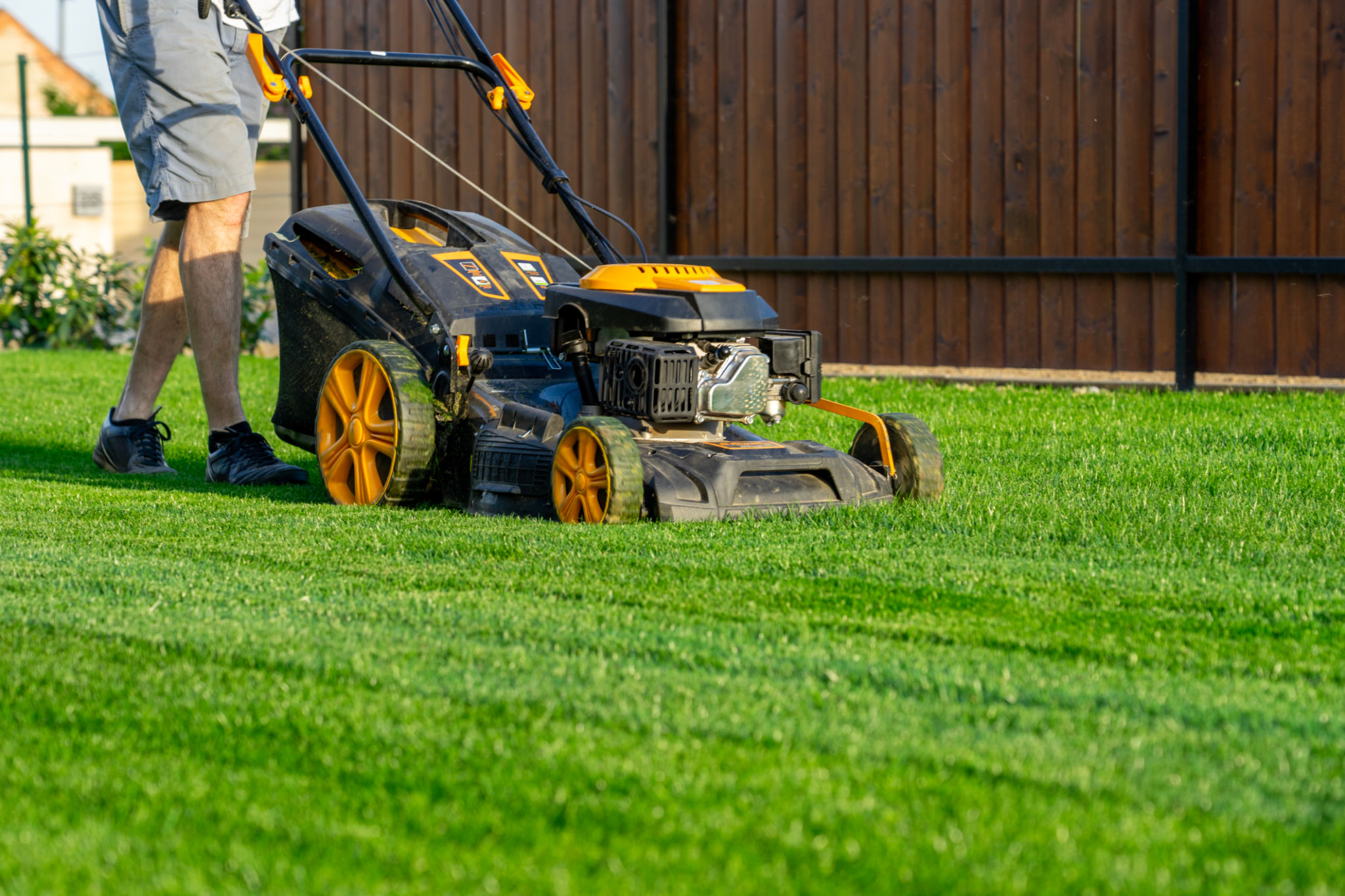Comparing Traditional vs. Eco-Friendly Landscaping: What's Best for Your Home?
Understanding Traditional Landscaping
Traditional landscaping often involves manicured lawns, neatly trimmed bushes, and a variety of non-native plants. These landscapes are typically designed for aesthetic appeal and require regular maintenance, including mowing, watering, fertilizing, and pest control. While they can provide a classic and polished appearance, traditional landscapes may consume significant resources.
One of the main characteristics of traditional landscaping is its reliance on uniformity and symmetry. This style often incorporates elements such as hedges, flower beds, and ornamental plants that require precise care. However, this approach can lead to increased water usage and chemical runoff from fertilizers and pesticides.

Exploring Eco-Friendly Landscaping
Eco-friendly landscaping, also known as sustainable or organic landscaping, emphasizes the use of native plants and environmentally friendly practices. This approach focuses on creating a harmonious balance with the natural environment while reducing resource consumption. By choosing native plants that are adapted to local climates, homeowners can minimize the need for excess watering and chemical interventions.
In addition to conserving water and reducing chemical use, eco-friendly landscapes often incorporate features like rain gardens, permeable paving, and composting. These elements not only enhance the garden's ecological value but also support local wildlife by providing habitats and food sources.

Benefits of Traditional Landscaping
Despite its resource-intensive nature, traditional landscaping offers several benefits. It can enhance curb appeal and property value with its structured and visually appealing design. Traditional landscapes can also offer a sense of order and sophistication, making them a popular choice for formal gardens.
Moreover, traditional landscaping provides a familiar aesthetic that some homeowners find comforting and appealing. For those who enjoy gardening as a hobby, maintaining a traditional landscape can be a satisfying activity that allows for creative expression through plant selection and garden design.
Advantages of Eco-Friendly Landscaping
The primary advantage of eco-friendly landscaping is its positive impact on the environment. By using native plants, homeowners can significantly reduce water usage and avoid harmful chemicals, promoting a healthier ecosystem. Additionally, sustainable landscaping practices can lower maintenance costs over time.

Eco-friendly landscapes also contribute to biodiversity by attracting pollinators like bees and butterflies. These landscapes can create a more vibrant and dynamic outdoor space that evolves naturally over time. Moreover, sustainable practices such as composting can improve soil health and reduce waste.
Making the Right Choice for Your Home
When deciding between traditional and eco-friendly landscaping, consider your personal preferences, environmental values, and local climate conditions. If you prioritize aesthetics and are willing to invest time in maintenance, a traditional landscape might suit your needs. However, if sustainability and resource conservation are important to you, eco-friendly landscaping could be the ideal choice.
Ultimately, the best approach may be a combination of both styles. Incorporating elements from each can create a balanced landscape that reflects your unique style while being mindful of environmental impact. Whether you choose a lush green lawn or a native plant garden, thoughtful planning can ensure your outdoor space is both beautiful and sustainable.